Stop Missing Sales Opportunities in 2025
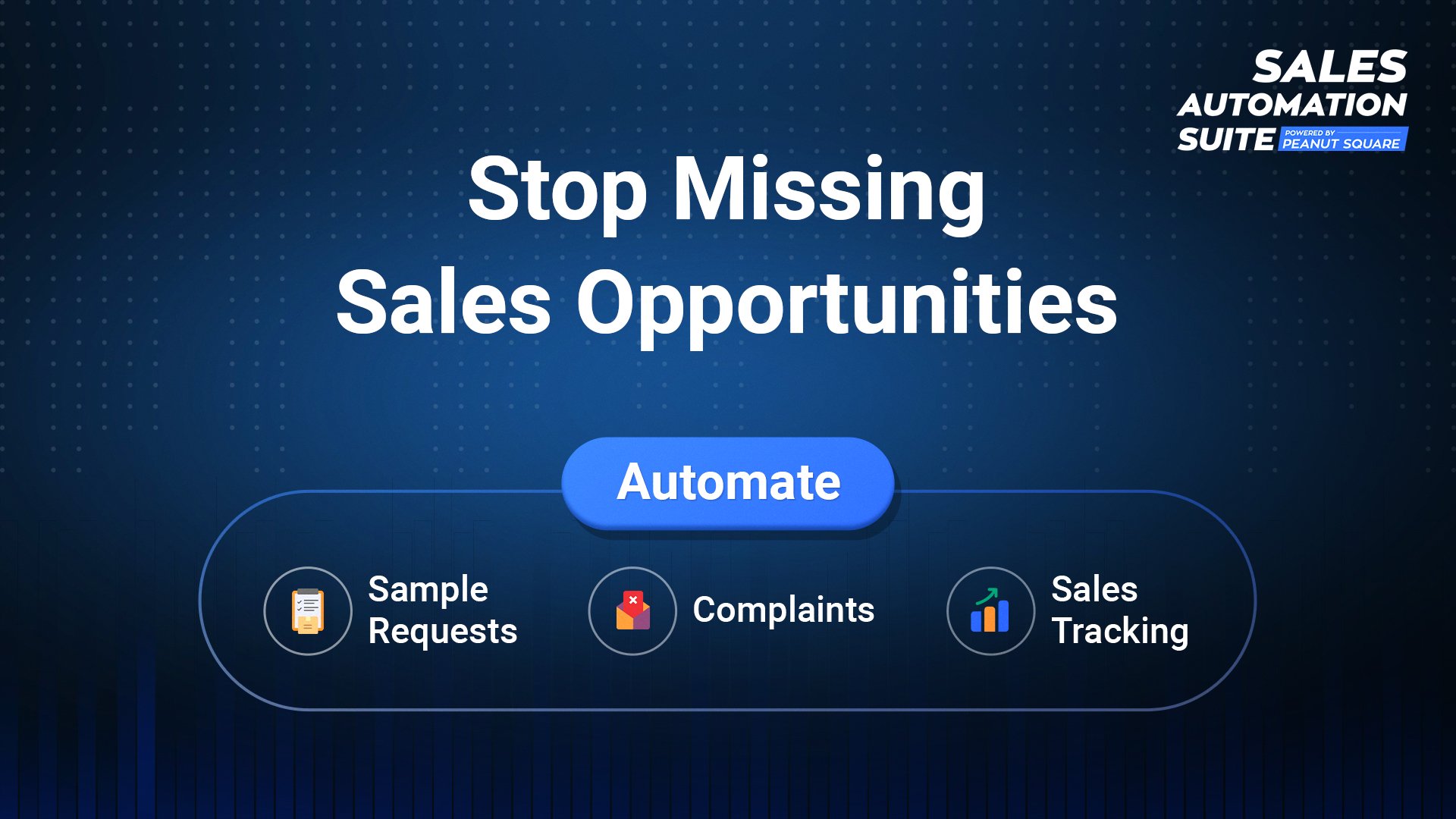
30 April
Stop Missing Sales Opportunities: Automate Sample Requests, Complaints, and Sales Tracking!
Table of Contents
Sales teams and manufacturers face fierce competition and tight margins. Without centralized systems to manage leads and customer issues, critical opportunities slip through the cracks and revenue is lost. In fact, neglecting CRM/ERP automation can make it “almost impossible to maintain a sustainable company” – businesses risk “losing potential customers and opportunities” if follow-ups fall behind. Manual processes also create delays and errors that frustrate buyers: by the time a request is handled, the prospect may have moved on or chosen a competitor.
- Missed Opportunities: No centralized tracking means hot leads and sample requests can be overlooked, resulting in lost deals.
- Customer Churn: Unresolved complaints and slow responses drive customers away – studies show failing to resolve issues quickly “leads to an unpleasant experience” and diminished loyalty .
- Wasted Effort: Manual quoting, spreadsheets, and emails consume more time and lead to mistakes. The result is increased costs and reduced revenue.
By automating sales and customer processes, organizations can close these gaps. The following modules illustrate how CRM/ERP automation not only prevents problems but actively boosts sales.
Automating Sample Requests: Capture Every Lead
In many manufacturing and distribution businesses, customers expect to test products before buying. An automated Sample Request module records each request immediately, so reps can follow up without delays. For example, when a distributor asks for a product sample, the sales team can log the dealer, attach relevant lead and opportunity information, and set up follow-up tasks automatically. Key features include:
- Quick Request Logging: Record sample inquiries with customer, product, and dealer details at the click of a button.
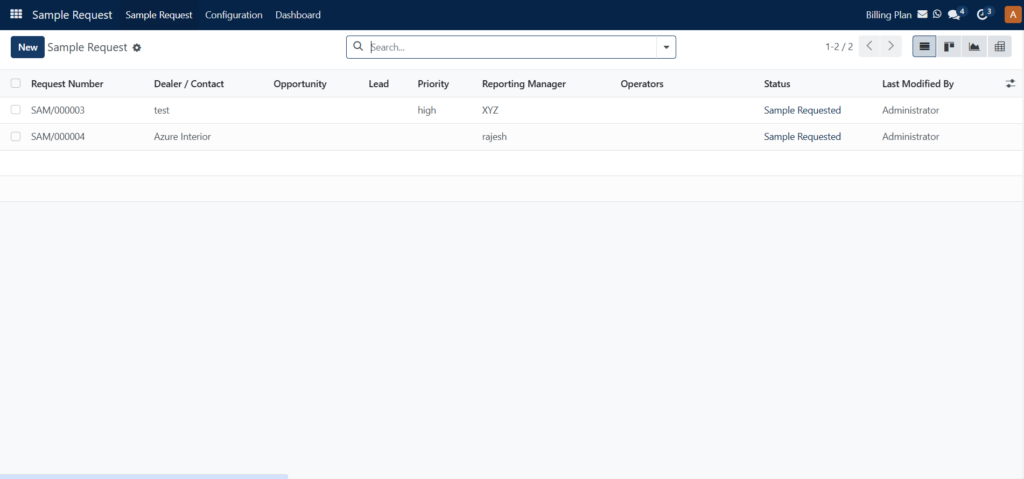
- Customizable Statuses: Define and color-code statuses (e.g. “Pending,” “Shipped,” “Approved”) so everyone sees the current stage.
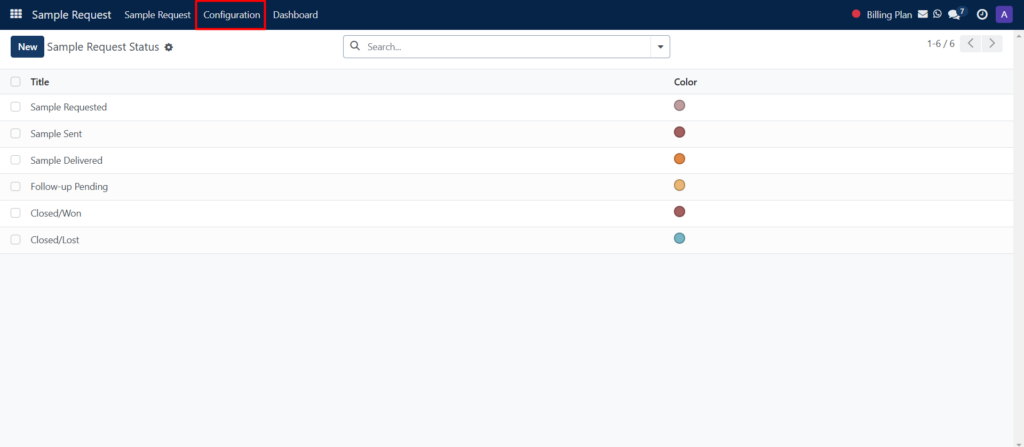
- Real-Time Dashboard: A dedicated dashboard filters sample requests by status and priority, giving managers visibility into pending leads.
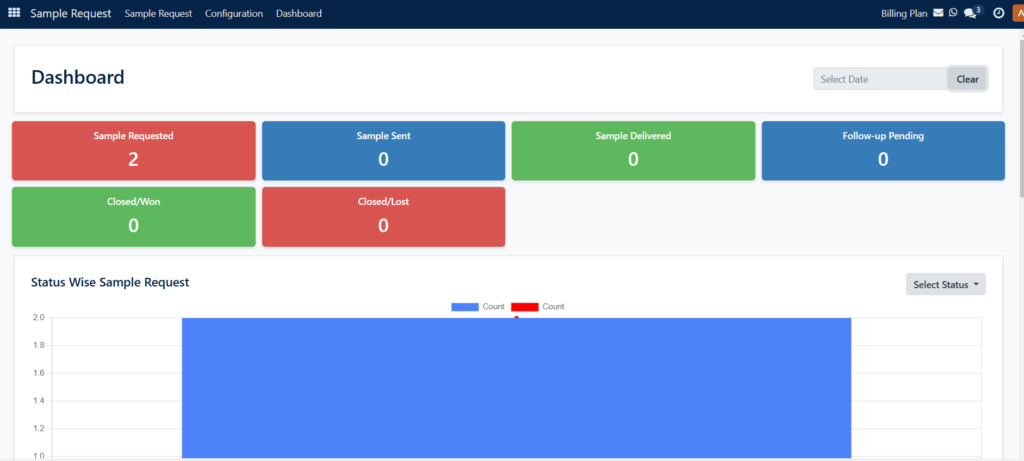
- Reporting & Export: Export reports on sample requests to analyze trends and follow-up success.
By handling sample requests in a system, you ensure no lead goes cold. Instead of emails disappearing in inboxes, each inquiry becomes a tracked opportunity. Over time, this builds a pipeline of nurtured prospects – a clear lift to revenue compared to manual tracking.
Streamlining Complaint Management: Turn Feedback into Loyalty
Every customer complaint is also a chance to demonstrate service and retain business. An automated Complaint module lets your team capture, track, and resolve issues quickly. For instance, if a customer reports a defect, the system flags it and sets reminders for resolution, preventing customers from feeling ignored. Key elements include:
- Categorize by Dealer and Type: Record complaints by type, customer, or dealer so you can identify common issues (Complaint – Sales Automation).
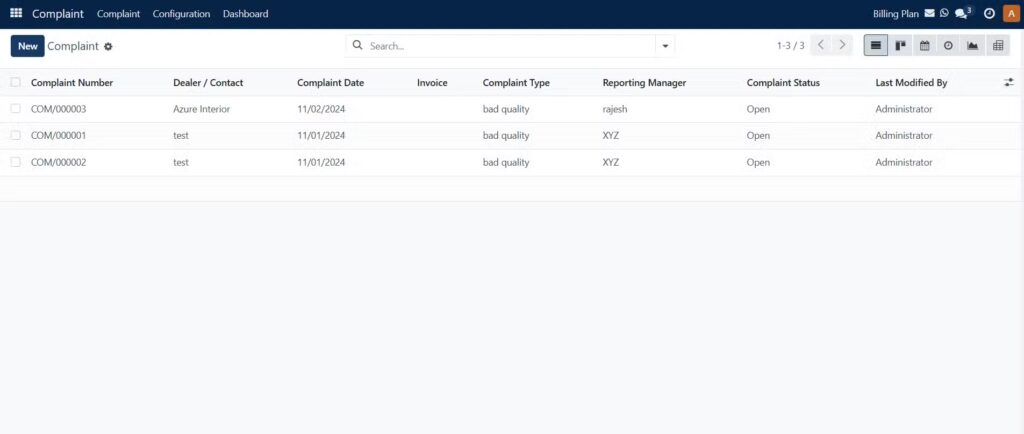
- Configurable Workflows: Set up complaint categories, statuses and priorities in the system to standardize handling and escalations.
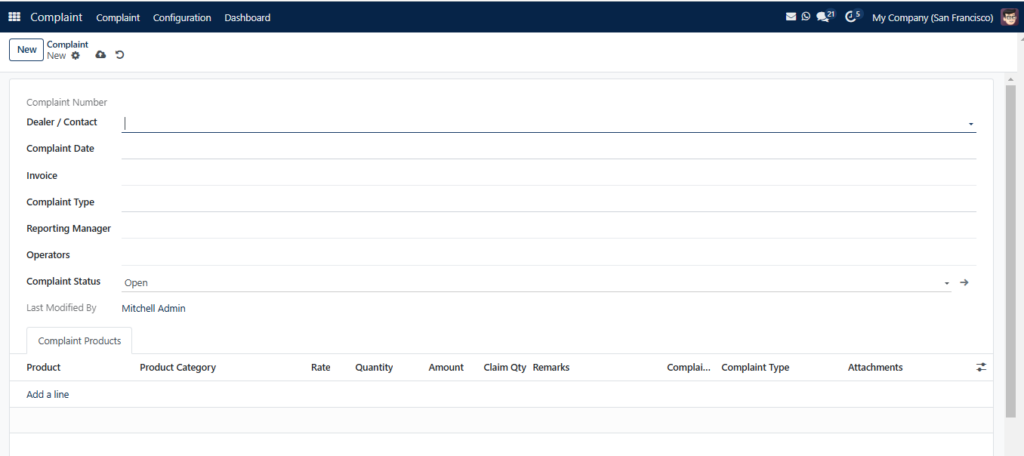
- Progress Tracking: The module shows each complaint’s status and history, ensuring nothing is lost and resolution times are tracked.
- Data Export: Export complaint logs for audits or root-cause analysis, turning feedback into insights for improvement.
By resolving issues promptly, you improve customer satisfaction and loyalty. As the SAS platform notes, structured complaint management “helps organizations manage customer dissatisfaction, improve customer satisfaction, and build loyalty”. In practice, distributors will appreciate quick callbacks on problems, keeping them engaged with your business instead of seeking alternatives.
Accelerating Sales with Quotations and Tracking
Modern sales teams need speed and insight. The Sales module automates quotations, orders, and lead management so deals close faster. For example, reps can generate professional quotes instantly and share them with customers, who can view and e-sign documents via a self-service portal . Features include:
- Instant Quotations: Use a robust quote builder to create well-formatted, interactive proposals in seconds .
- Customer Portal & E-Sign: Empower clients to access their quotes and sales orders online; electronic signatures and payment links speed up acceptance.
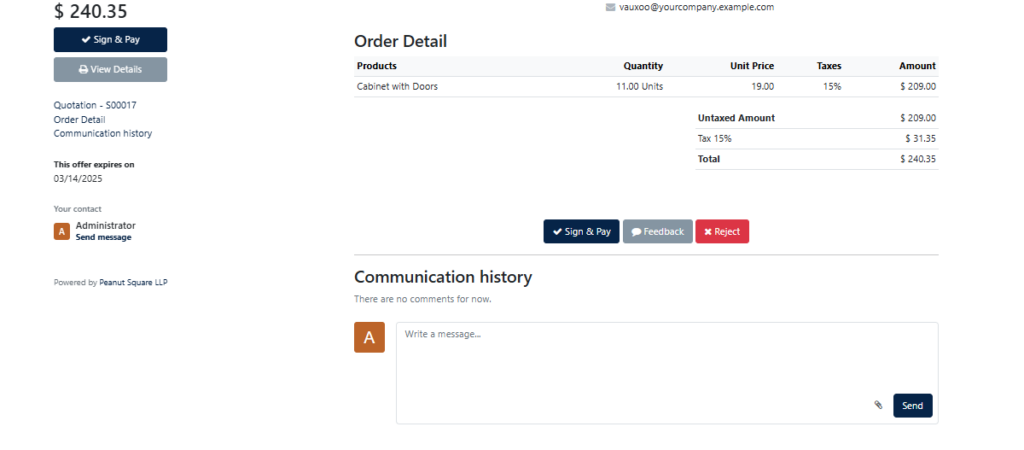
- Qualified Leads: Capture leads from website visits, campaigns and events automatically. AI-driven lead scoring then highlights the hottest prospects for your team .
- Integrated Sales Tools: Manage products, pricing, orders and analytics all in one place .
With these tools, no quote slips through the cracks. Reps spend less time on paperwork and more time building relationships. One SaaS platform notes that automating sales tasks ensures “your team focuses their efforts where it counts most” – on closing deals. The result is shorter sales cycles and higher win rates. By contrast, relying on manual quoting and spreadsheets means longer response times. In a competitive market, speed matters: studies warn that slower follow-up will often send customers to faster competitors. An automated sales tracker eliminates that lag, ensuring you seize every opportunity.
Benefits of Automation
Automating sample requests, complaints, and sales tracking delivers tangible ROI. Key benefits include:
- Improved Customer Experience: Faster response and transparent processes make customers feel valued, reducing churn.
- Higher Conversion Rates: Every captured lead and quote is followed up systematically, turning more inquiries into orders.
- Data-Driven Insights: Centralized dashboards and reports reveal trends in requests and sales, enabling smarter business decisions.
- Lower Costs: Automation cuts down on manual labor and errors, translating into savings – one analysis showed that companies using modern CRM avoid the “hidden costs” of lost deals and rework.
For sales professionals, manufacturers and distributors, this means shifting focus from tedious admin to strategic selling. Every sample logged and complaint resolved through the system is one less reason for a customer to walk away.
Frequently Asked Questions (FAQ)
-
Why automate sample requests and complaint tracking?
Automation ensures that every inquiry and issue is recorded and addressed promptly. For example, a sample request entered in the system becomes a scheduled task rather than an email you might forget. This consistent follow-up prevents leads from going cold and shows customers you take their concerns seriously, leading to more closed deals and fewer lost customers.
-
What does the Sales Tracking module include?
The Sales module typically includes instant quote generation, order management, customer portals, and lead management tools. In practice, a rep can create a quote within seconds using built-in templates. Customers can then approve it online. Meanwhile, all leads from your website or marketing campaigns are funneled into the system, with AI scoring prioritizing them .
-
How does automation improve customer experience?
Customers benefit from quick responses and transparency. They get up-to-date information on sample requests and complaints via dashboards, and can view or sign quotations through a portal. This reliability builds trust. Quick issue resolution and easy communication make customers feel valued and decrease frustration.
-
Is automation only for large companies?
No, businesses of all sizes benefit. Even small sales teams can lose deals by dropping leads. A lightweight CRM or ERP that automates these processes delivers competitive advantage. It prevents human error and frees up time for staff to focus on selling. Many vendors offer modular solutions (like the sample, complaint, and sales modules above) so you can start small and scale up.
-
How do I start automating?
Begin by choosing a CRM/ERP that fits your industry (some have modules tailored to manufacturing and distribution). Implement one process at a time – for instance, set up automated lead capture and quotation generation first. Use training and change management to ensure your team adopts the new tools. Over time, integrating sample requests and complaint tracking will create a seamless sales process that stops leaks and drives growth.




